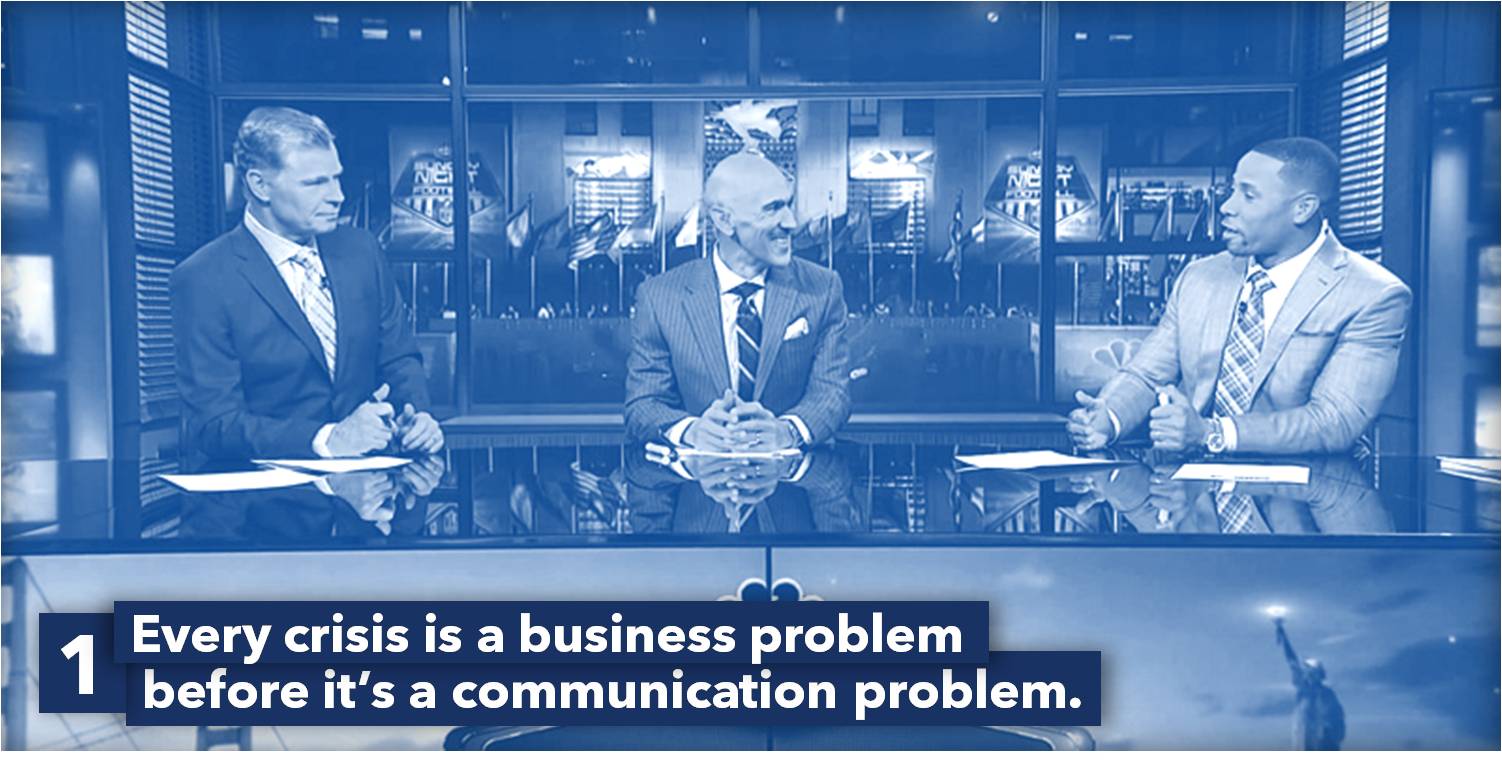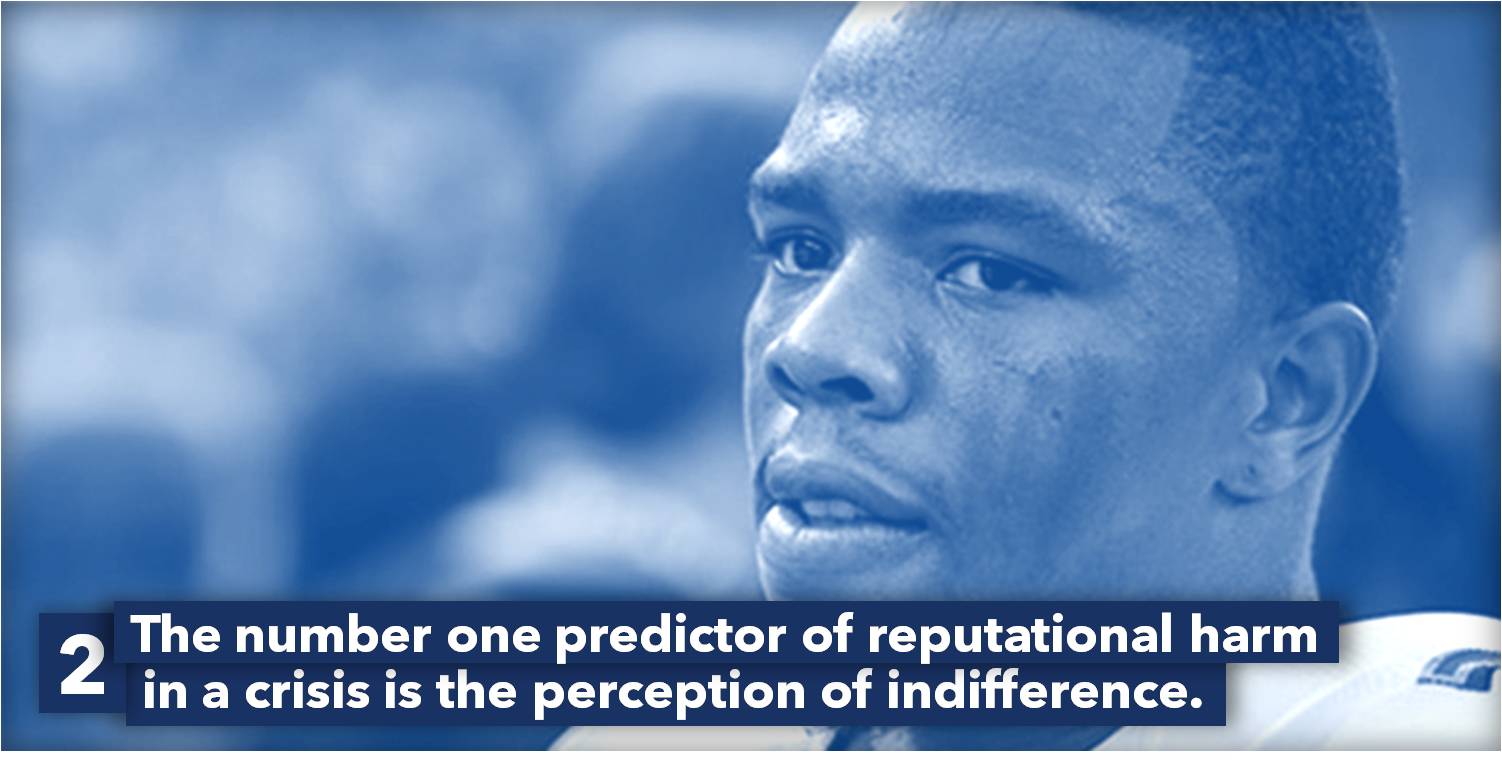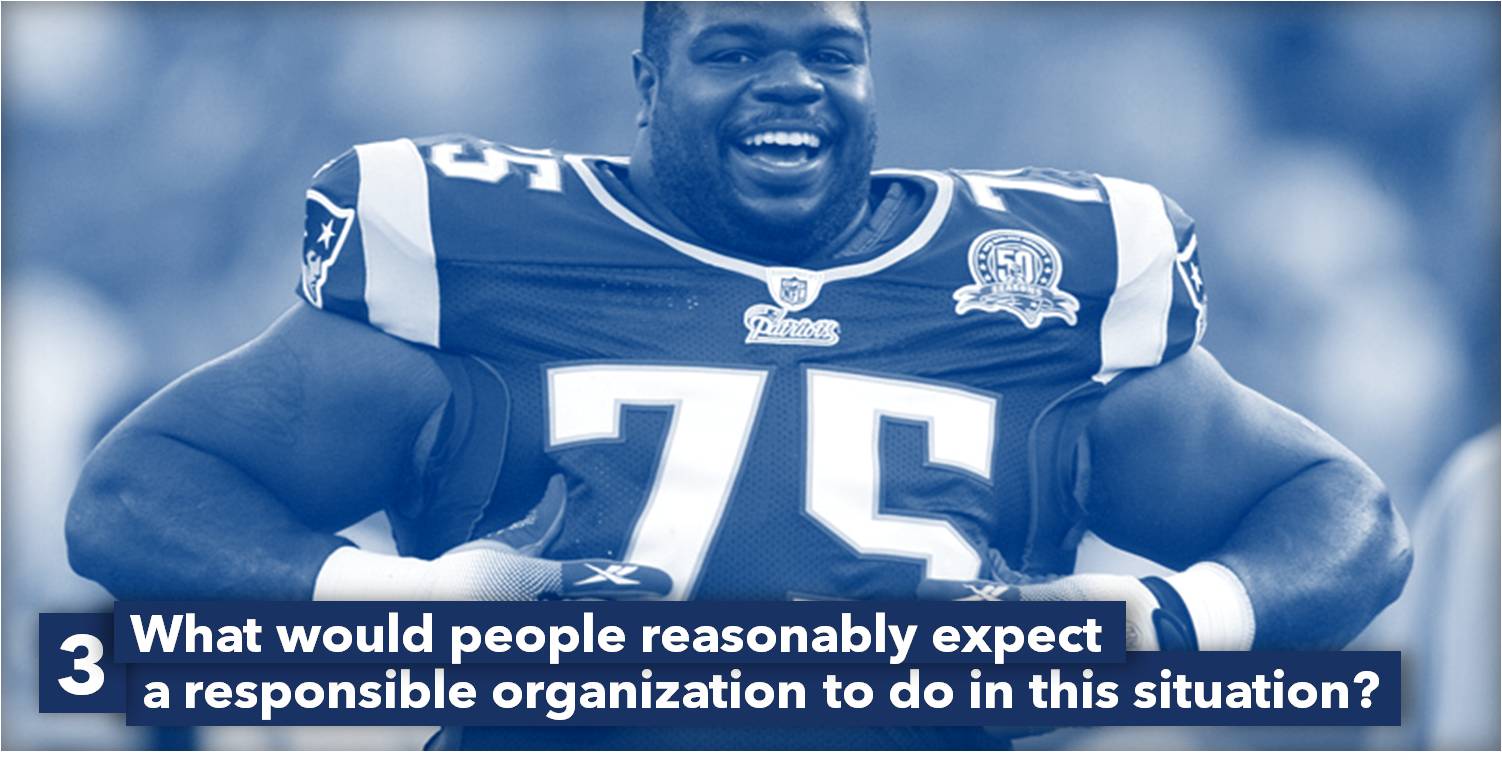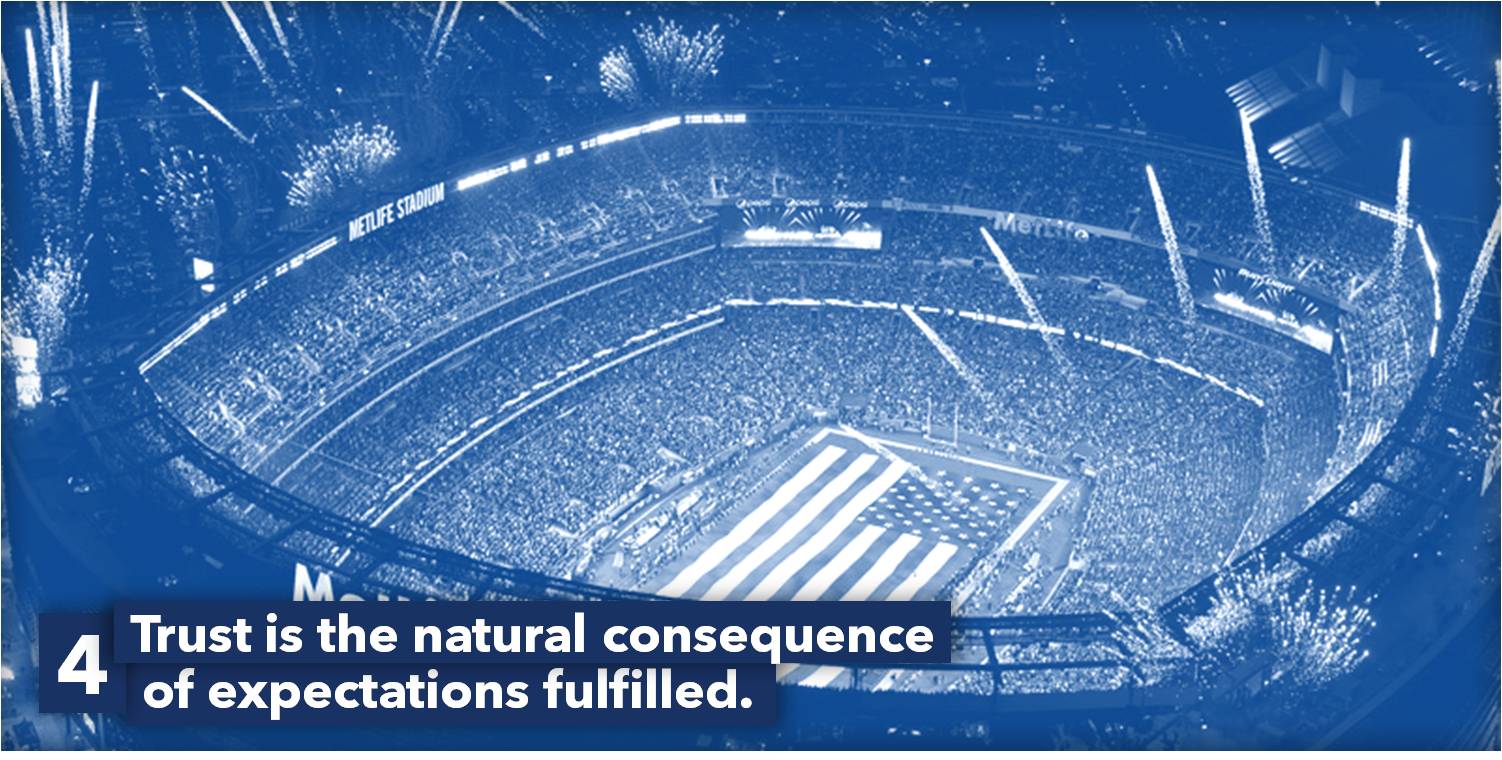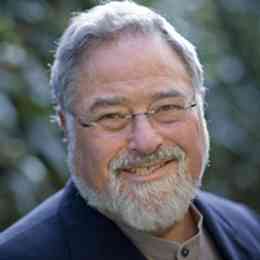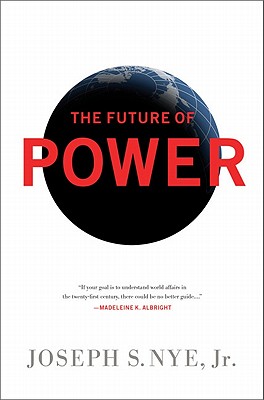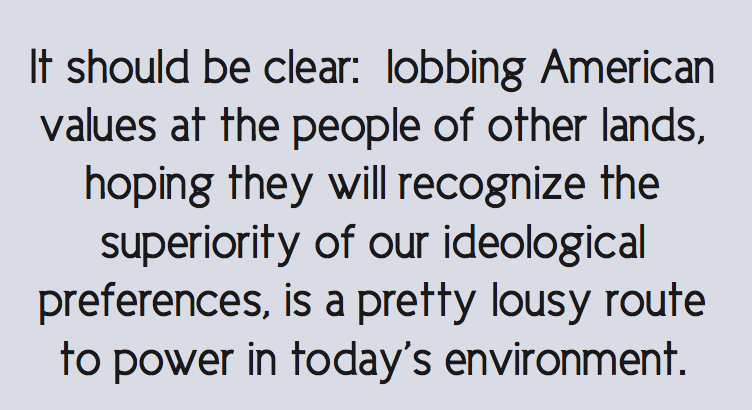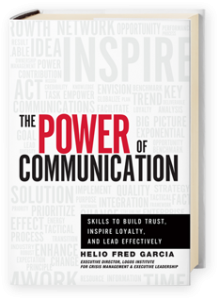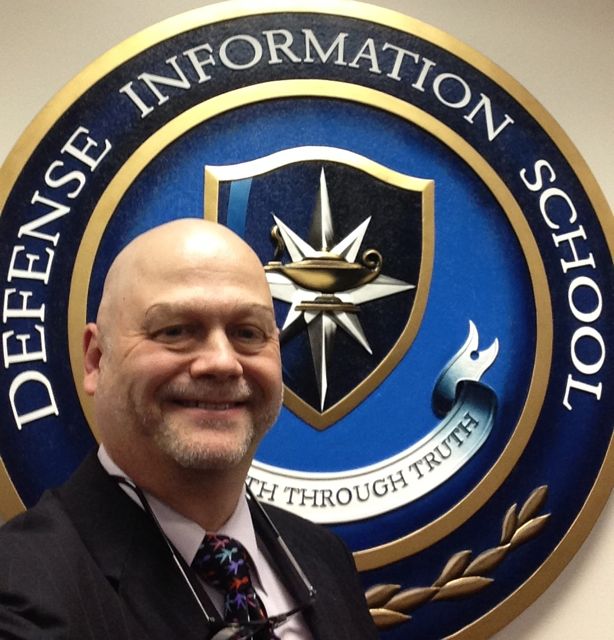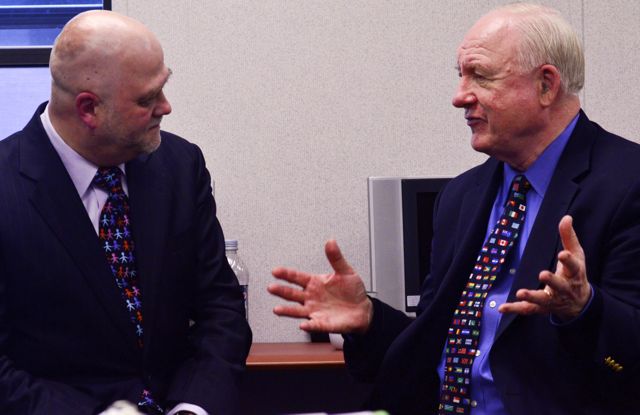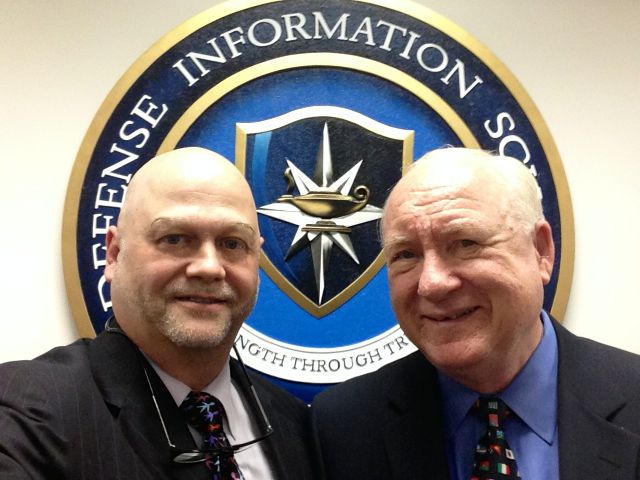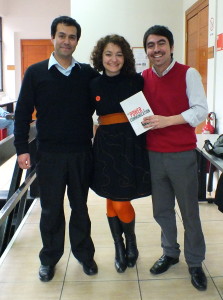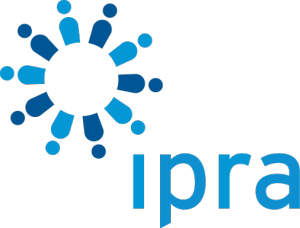| Helio Fred Garcia | Bio | Posts 15 Oct 2014 | 10:51PM |
This is my second in a series of guest blogs featuring my recently-graduated capstone (thesis) advisees in New York University’s Master’s in Public Relations and Corporate Communication.
(See my earlier post, On Wall Street, Reputation, and Recovery: Guest Blog by Julia Sahin here.)
About two weeks ago, my Logos Institute colleague colleague Adam Tiouririne posted a blog about a particular part of the discipline we use at Logos, the creation of models that help channel both experience and research into more accurate predictions about the future.
The key to the model is that it makes predictions easier. Says Adam,
“Every business leader lives with dozens of models… or formal frameworks for how the world works. If prices go down, demand goes up; if the distance is longer, the shipping costs are higher; if advertising is targeted, consumers are more likely to buy. No model can ever predict every outcome, but a good one usually comes close. The key to consistently predicting the future is to craft experience and research into a model — your very own crystal ball.”
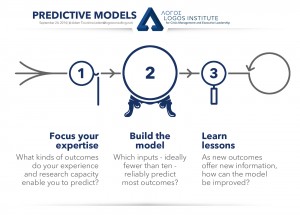 An effective model has explanatory power — making sense of a past event — and predictive power — predicting the likelihood of something happening in the future. A big part of our work at Logos Institute, and in my Crisis Management and Crisis Communication teaching at NYU and other institutions, is finding models with both explanatory and predictive power. And I often encourage my NYU Capstone students to develop such models.
An effective model has explanatory power — making sense of a past event — and predictive power — predicting the likelihood of something happening in the future. A big part of our work at Logos Institute, and in my Crisis Management and Crisis Communication teaching at NYU and other institutions, is finding models with both explanatory and predictive power. And I often encourage my NYU Capstone students to develop such models.
This year, Iris Wenting Xue took up the challenge, developing a model that helps leaders and those who advise them to understand public apologies – how to evaluate an existing apology, and how to plan to apologize when public trust and confidence are at risk.
The whole issue of a public apology is very timely, from Captain Ron Johnson apologizing on behalf of all law enforcement following the death of Michael Brown and civil unrest in Ferguson, Missouri, to NBA Commissioner Adam Silver apologizing to professional basketball stars in the aftermath of the Donald Sterling racist audiotapes.
Ms. Xue is now a research associate of the Logos Institute for Crisis Management and Executive Leadership. Her NYU capstone was titled, “A Strategic Sorry: Studies on Leaders’ Apologies Using a 10-C Checklist.” In this work Ms. Xue joins such leaders as James Lukaszewski, whose own eight-step Lukaszewski’s Law of Trust Restoration is required reading in my courses.
Ms. Xue’s Capstone lays out a model: Ten considerations that leaders need to take seriously when they plan apologies. Too many apologies, says Ms. Xue, are made top-of-mind, without reflecting on what both experience and research show works and doesn’t work. Her 10-C Checklist provides clarity of criteria on framing an apology that is likely to work. You can download her Capstone here.
—
The 10-C Checklist
by Iris Wenting Xue
Leaders contemplating an apology should reflect on ten considerations that can help the apology have its desired effect.
The ten considerations are:
- Characteristic: What is the nature of the event that calls for an apology. Was it intentional or accidental? Natural or man-made? Caused by something done that shouldn’t have been done, or something not done that should have been? In other words, how much do we know about the thing for which we need to apologize?
- Consequence: What is the nature of the harm? How severe is it? How widespread? Was the harm economic loss? Injury? Death? Insult? Other?
- Culture: What’s the cultural context in which the harm was caused and in which the apology will be made? Is apology expected? Popular? Necessary? Is it frowned upon? Is there a culturally-appropriate form of apology (e.g., ceremonial bow in Japan)?
- Channel: Where should the apology be made? Directly to those affected? Through the media or social media? On video or just in writing? In person? All of the above?
- Content: Is it clear what is being apologized for? (E.g., what the offender did, not what the offended felt.) Is the apology complete? Does it explain how the event happened? Does it ask for forgiveness? Does it include an admission of accountability? Does it commit to take steps to prevent a recurrence? Does it offer restitution?
- Customization: Is it a general or a customized apology? Is the content specifically tailored for the event in question and for those who need to hear it? Or is it just a generic statement of regret?
- Change: Is the apology as drafted likely to change audiences’ attitudes towards the person apologizing, or to make matters worse? Has the person apologizing committed to changing his or her behavior in the future?
- Control. When will the apology happen? Will it be seen to be spontaneous or forced? Is it at offered before being demanded? Only after demands for an apology have become public?
- Cause: What will be the perceived incentive of the person apologizing? Is it to genuinely achieve forgiveness? Or to reduce financial harm? Or to keep one’s job that might otherwise be in jeopardy?
- Charisma: Does the person apologizing enjoy good reputation? Is he or she otherwise respected and popular? How many times has he or she had to apologize before? Do those prior attempts make this one seem less sincere?
Reflecting on these ten considerations can help a leader, and those who advise the leader, to more likely craft an apology that will work.
—
In future posts I’ll share the work of other recent NYU MS in Public Relations and Corporate Communication graduates. Stay tuned…


